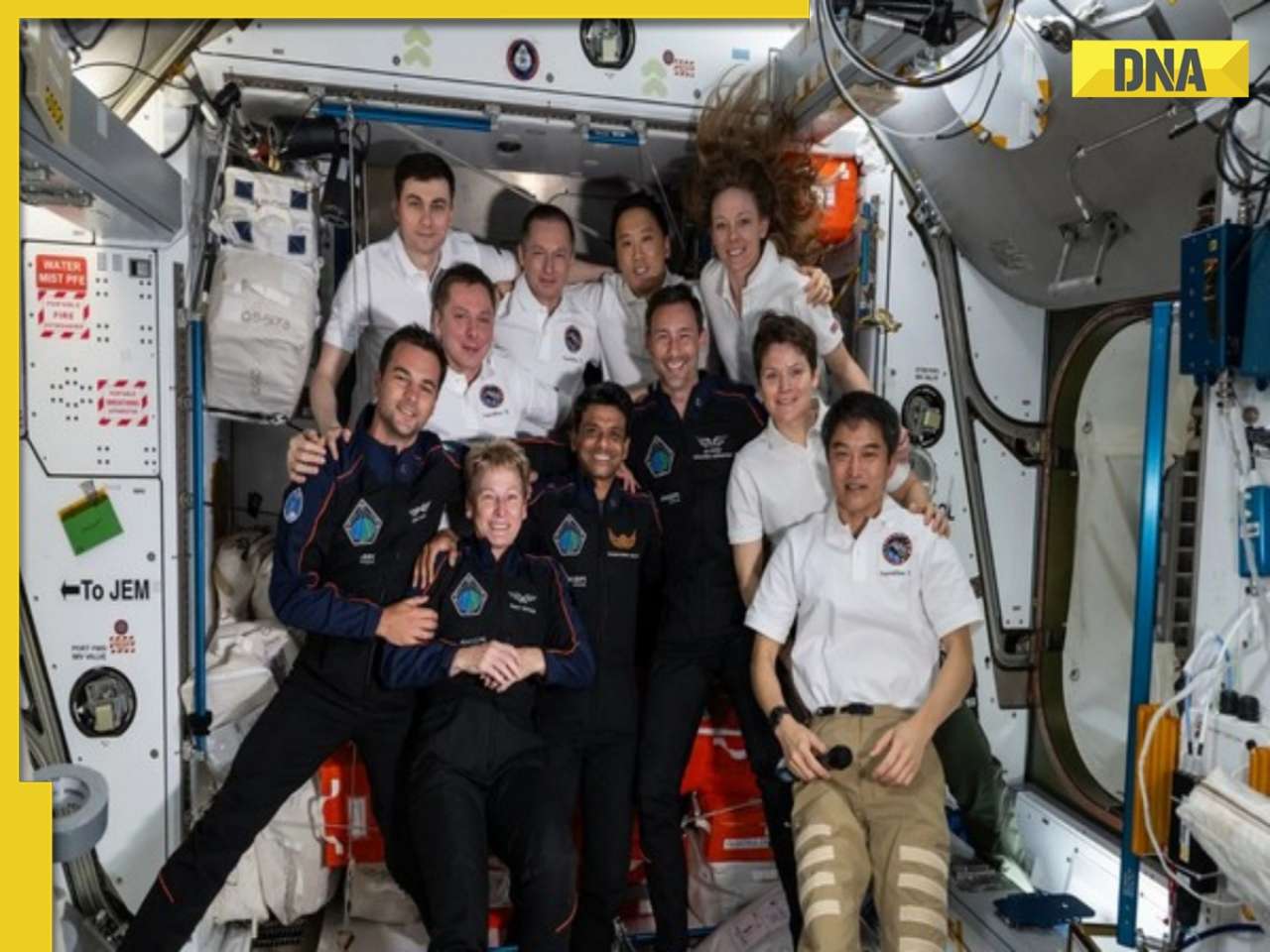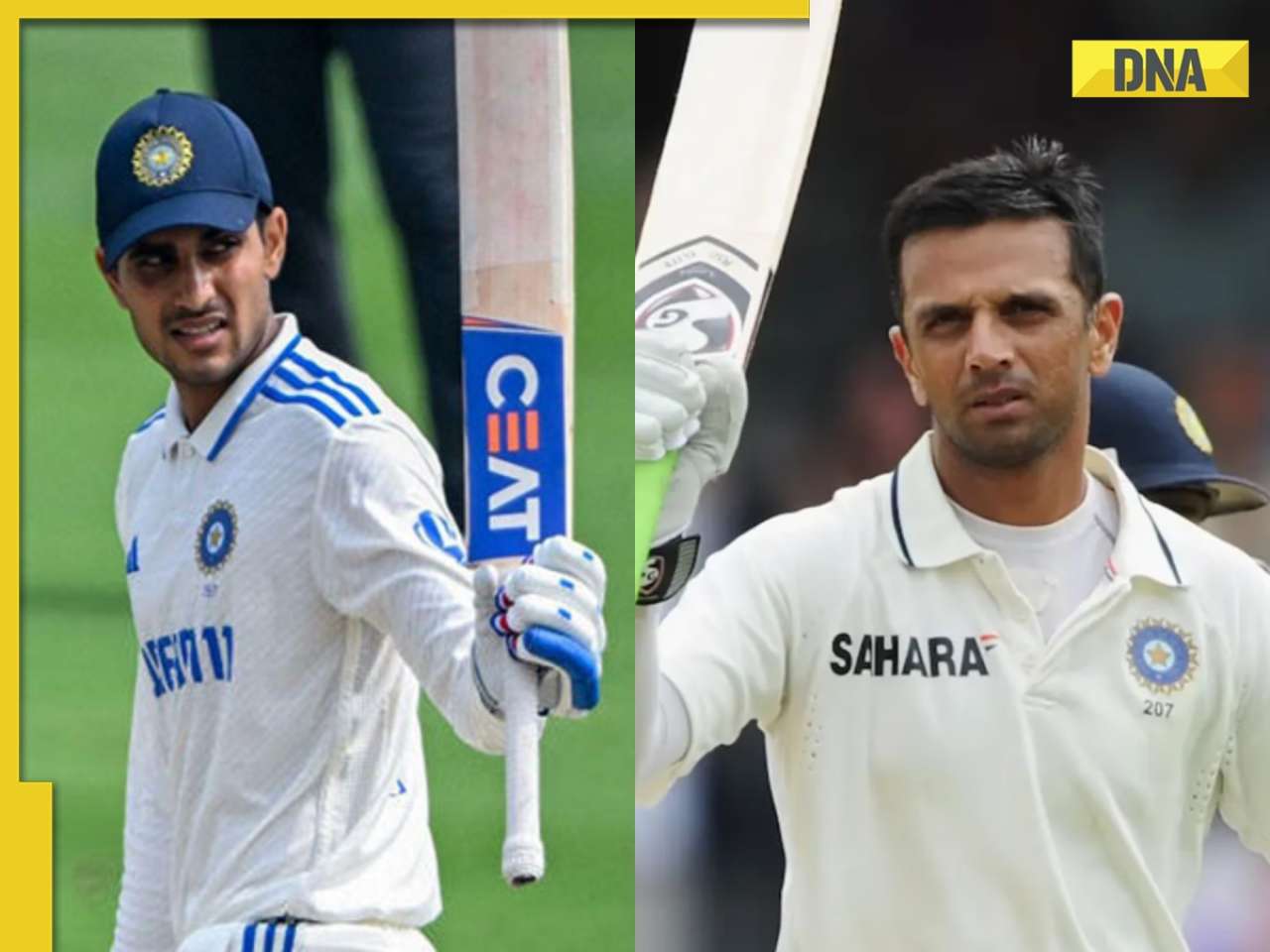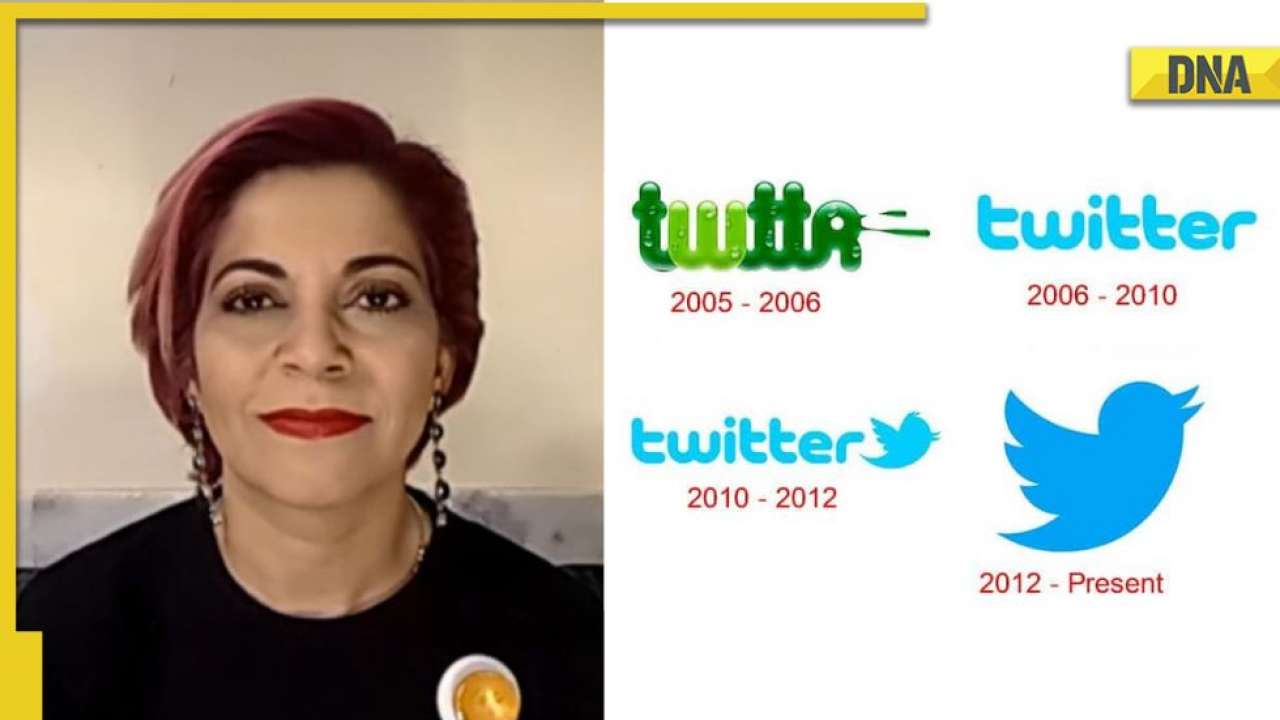This achievement not only advanced our understanding of genetics but also laid the groundwork for future innovations in biotechnology, including synthetic gene creation and genome editing
In a small village in British India, under the shade of a solitary tree that served as the village’s only classroom, a boy named Har Gobind Khorana began a journey that would eventually decode the very essence of life. With nothing but a burning desire to learn and a pencil at the age of six, Khorana's humble beginnings were a far cry from the towering achievements that would one day make him a global icon in the field of genetics.
Khorana’s story is one of perseverance and brilliance. His early education took place in the rural village of Raipur, in the Punjab region, where his father, despite limited resources, emphasised the importance of learning. The determination instilled in him by his family led Khorana to excel academically, earning scholarships that paved the way for his studies at Punjab University in Lahore. Here, he completed his Bachelor’s degree in 1943 and a Master of Science degree in 1945, a significant achievement in itself during the time of British India.
However, it was not until Khorana moved to England to pursue his Ph.D. at the University of Liverpool that his path began to solidify. Working under Roger J.S. He completed his doctorate in 1948 and subsequently moved to Switzerland for postdoctoral research with Vladimir Prelog. These experiences, though initially unpaid and uncertain, laid the foundation for his future groundbreaking work.
In 1952, Khorana’s career took a significant leap forward when he accepted a position at the British Columbia Research Council in Canada. Here, he began pioneering research on nucleic acids, the molecules that carry the genetic instructions essential for life. This research eventually led him to the University of Wisconsin–Madison in 1960, where he would make his most significant contributions to science.
At Wisconsin, Khorana embarked on a mission to decode the genetic code, the blueprint by which RNA directs protein synthesis in cells. Collaborating with Marshall W. Nirenberg and Robert W. Holley, Khorana’s work in synthesising RNA chains and producing proteins culminated in their shared 1968 Nobel Prize in Physiology or Medicine. This achievement not only advanced our understanding of genetics but also laid the groundwork for future innovations in biotechnology, including synthetic gene creation and genome editing.
A Legacy in Science
Har Gobind Khorana’s contributions to science extended far beyond his Nobel-winning research. In 1972, he achieved the first synthesis of a functional gene outside a living organism, a milestone that would eventually revolutionise genetic engineering. His work in this area paved the way for modern techniques like CRISPR, which now allows scientists to edit genes with unprecedented precision.
Khorana’s legacy is not just in his scientific discoveries, but in the way he overcame immense challenges to achieve them. From his early days in a remote village to his final years as a revered professor at MIT, Khorana exemplified the power of curiosity, resilience, and intellectual rigour. His life’s work continues to influence and inspire new generations of scientists, ensuring that the code he helped to decipher remains a living testament to human ingenuity.
As we look back on Khorana’s life, it is clear that his journey was as remarkable as the discoveries he made—transforming our understanding of life itself and opening doors to a future where the possibilities in genetics are limitless.
Find your daily dose of All
Latest News including
Sports News,
Entertainment News,
Lifestyle News, explainers & more. Stay updated, Stay informed-
Follow DNA on WhatsApp. Is Smriti Irani taking sabbatical from politics for Kyunki Saas Bhi Kabhi Bahu Thi 2? BJP leader says 'my sangathan...'
Is Smriti Irani taking sabbatical from politics for Kyunki Saas Bhi Kabhi Bahu Thi 2? BJP leader says 'my sangathan...' This train is faster than airplane, can cover 1200 km in just 150 minutes, reaches top speed in 7 seconds, it runs from...
This train is faster than airplane, can cover 1200 km in just 150 minutes, reaches top speed in 7 seconds, it runs from... LILPEPE Crypto Price Prediction 2025, 2026 – 2030: Little Pepe Price To Hit $0.50 Soon?
LILPEPE Crypto Price Prediction 2025, 2026 – 2030: Little Pepe Price To Hit $0.50 Soon? Lokesh Kanagaraj reacts to Sanjay Dutt claiming he was 'wasted' in Leo: 'I am not genius or greatest filmmaker....'
Lokesh Kanagaraj reacts to Sanjay Dutt claiming he was 'wasted' in Leo: 'I am not genius or greatest filmmaker....'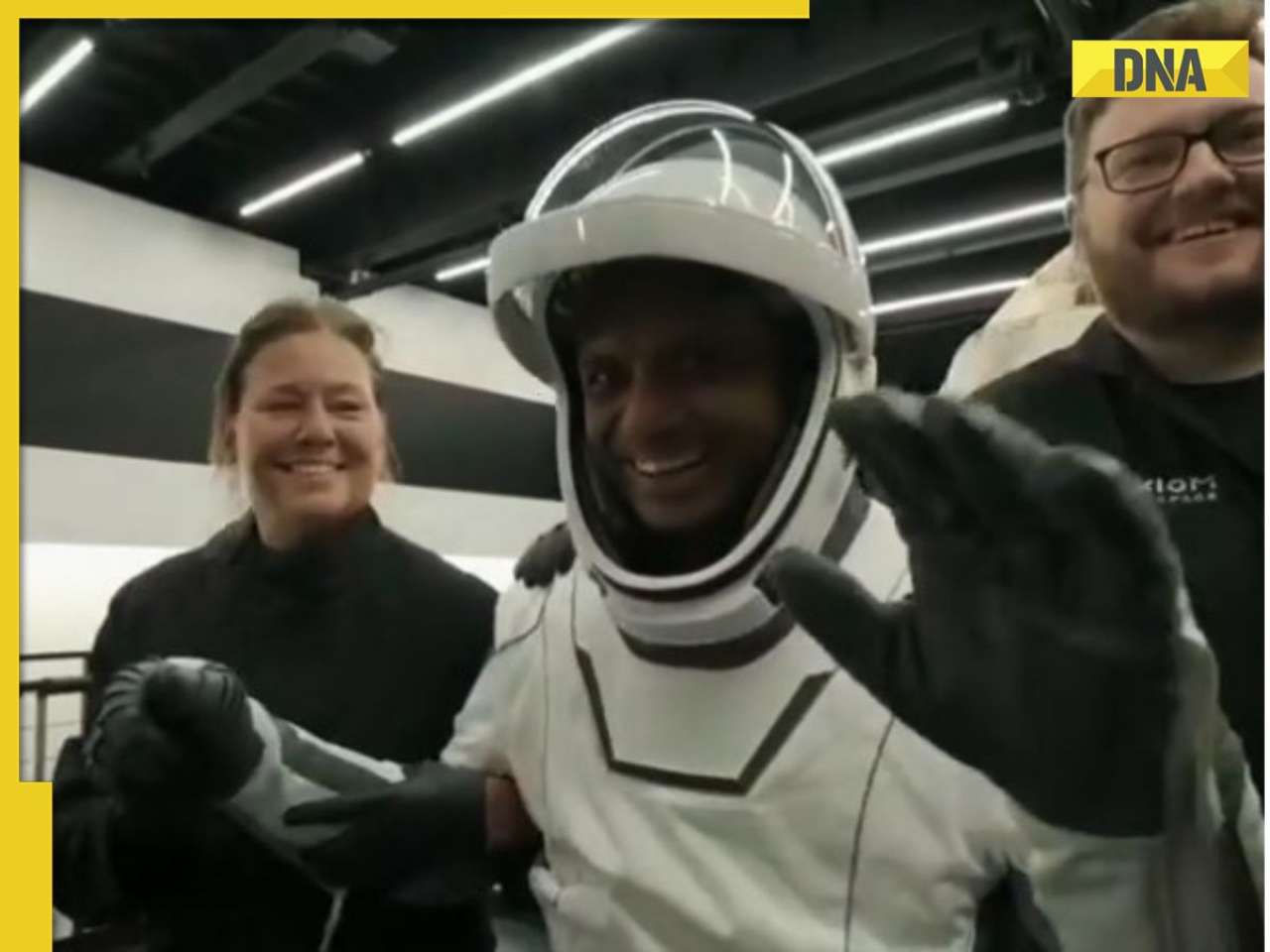 Shubhanshu Shukla Earth Return: Shux leaves Dragon aircraft smiling in the first picture after completing mission
Shubhanshu Shukla Earth Return: Shux leaves Dragon aircraft smiling in the first picture after completing mission 7 stunning cosmic photos captured by NASA James Webb Telescope
7 stunning cosmic photos captured by NASA James Webb Telescope Soya Bean vs Soya Chunks: 8 key differences, nutritional profile, health benefits, more
Soya Bean vs Soya Chunks: 8 key differences, nutritional profile, health benefits, more Improve gut health naturally: 7 foods to improve your bowel movement
Improve gut health naturally: 7 foods to improve your bowel movement  Which vitamin deficiency causes gum bleeding and why?
Which vitamin deficiency causes gum bleeding and why? Sawan Somwar 2025: 7 do’s and don’ts of offering prayers to Lord Shiva
Sawan Somwar 2025: 7 do’s and don’ts of offering prayers to Lord Shiva Odisha Girl Self Immolation Case: Odisha CM Announces Rs 20 Lakh Aid For Kin Of Balasore Student
Odisha Girl Self Immolation Case: Odisha CM Announces Rs 20 Lakh Aid For Kin Of Balasore Student Odisha Girl Self-Immolation Case: BJD leader Slams Odisha Govt After Balasore Student Dies
Odisha Girl Self-Immolation Case: BJD leader Slams Odisha Govt After Balasore Student Dies President Murmu Appoints New Governors For Haryana, Goa; Kavinder Gupta Named LG Of Ladakh
President Murmu Appoints New Governors For Haryana, Goa; Kavinder Gupta Named LG Of Ladakh Bombay Stock Exchange Receives Bomb Threat From 'Comrade Pinarayi Vijayan', '4 RDX IED In Building'
Bombay Stock Exchange Receives Bomb Threat From 'Comrade Pinarayi Vijayan', '4 RDX IED In Building' India Pakistan News: New Paramilitary Force In Pakistan Sparks Crackdown Fears
India Pakistan News: New Paramilitary Force In Pakistan Sparks Crackdown Fears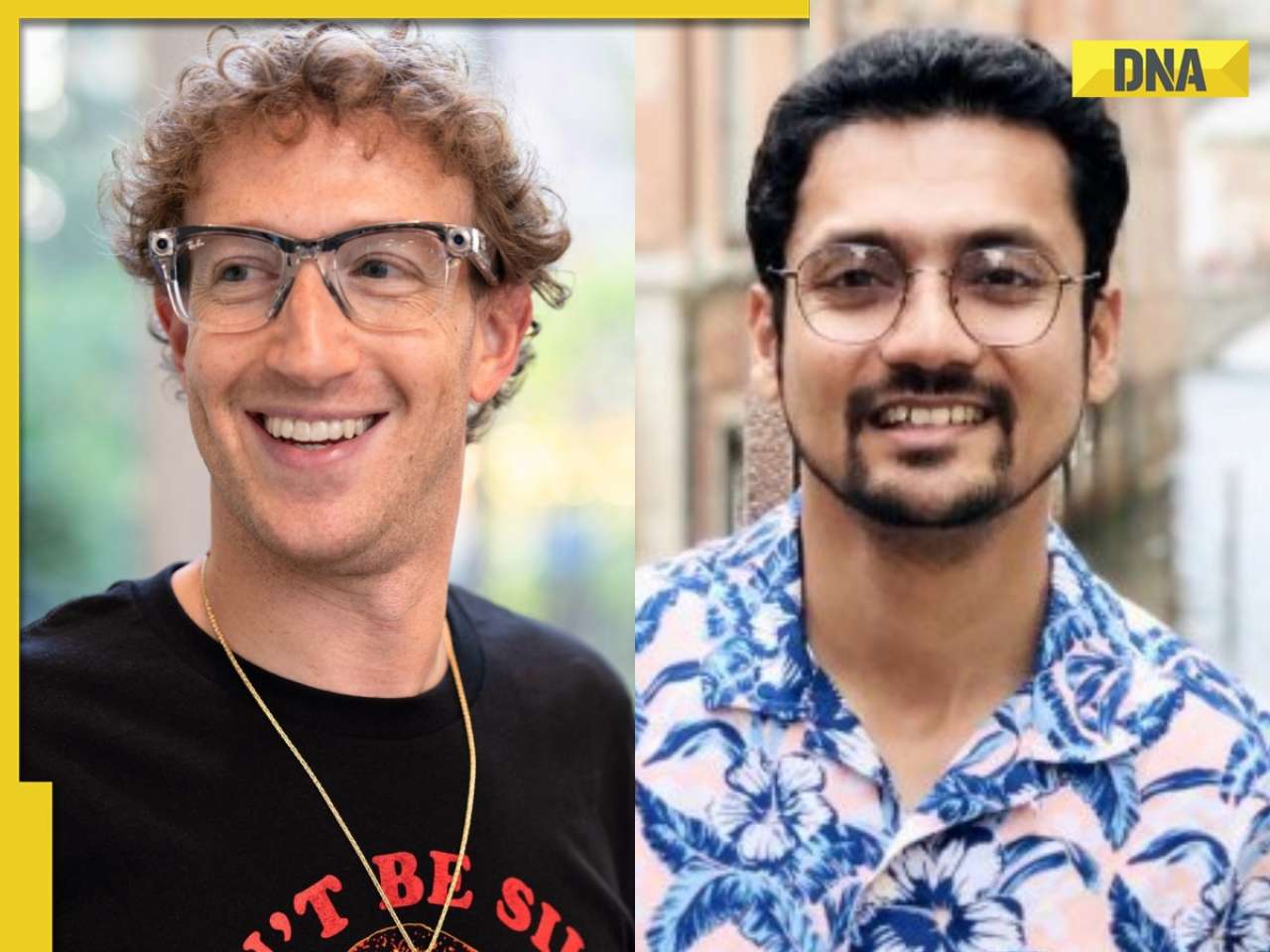 Mark Zuckerberg offers Rs 800 crore salary to Trapit Bansal, hires another techie with whopping salary of Rs...; his name is...
Mark Zuckerberg offers Rs 800 crore salary to Trapit Bansal, hires another techie with whopping salary of Rs...; his name is...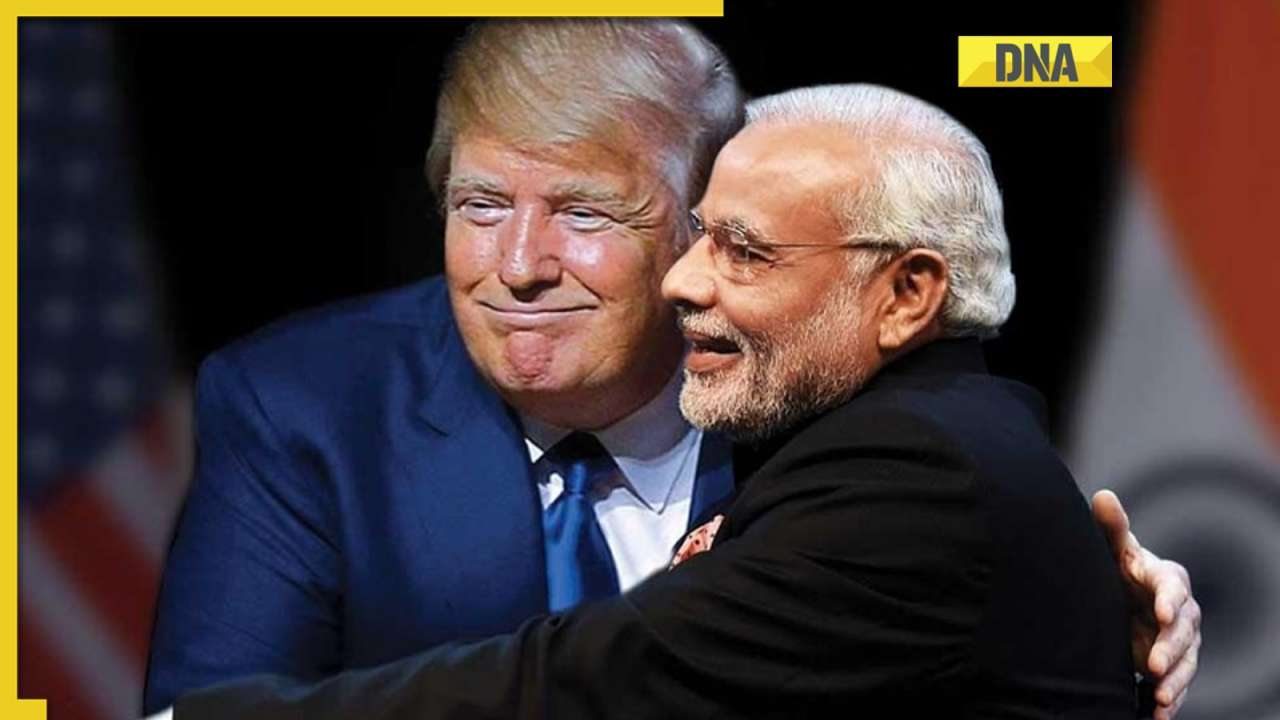 US-India tariff deal soon? THESE are main stumbling blocks, India may face increased tariff of Rs...
US-India tariff deal soon? THESE are main stumbling blocks, India may face increased tariff of Rs...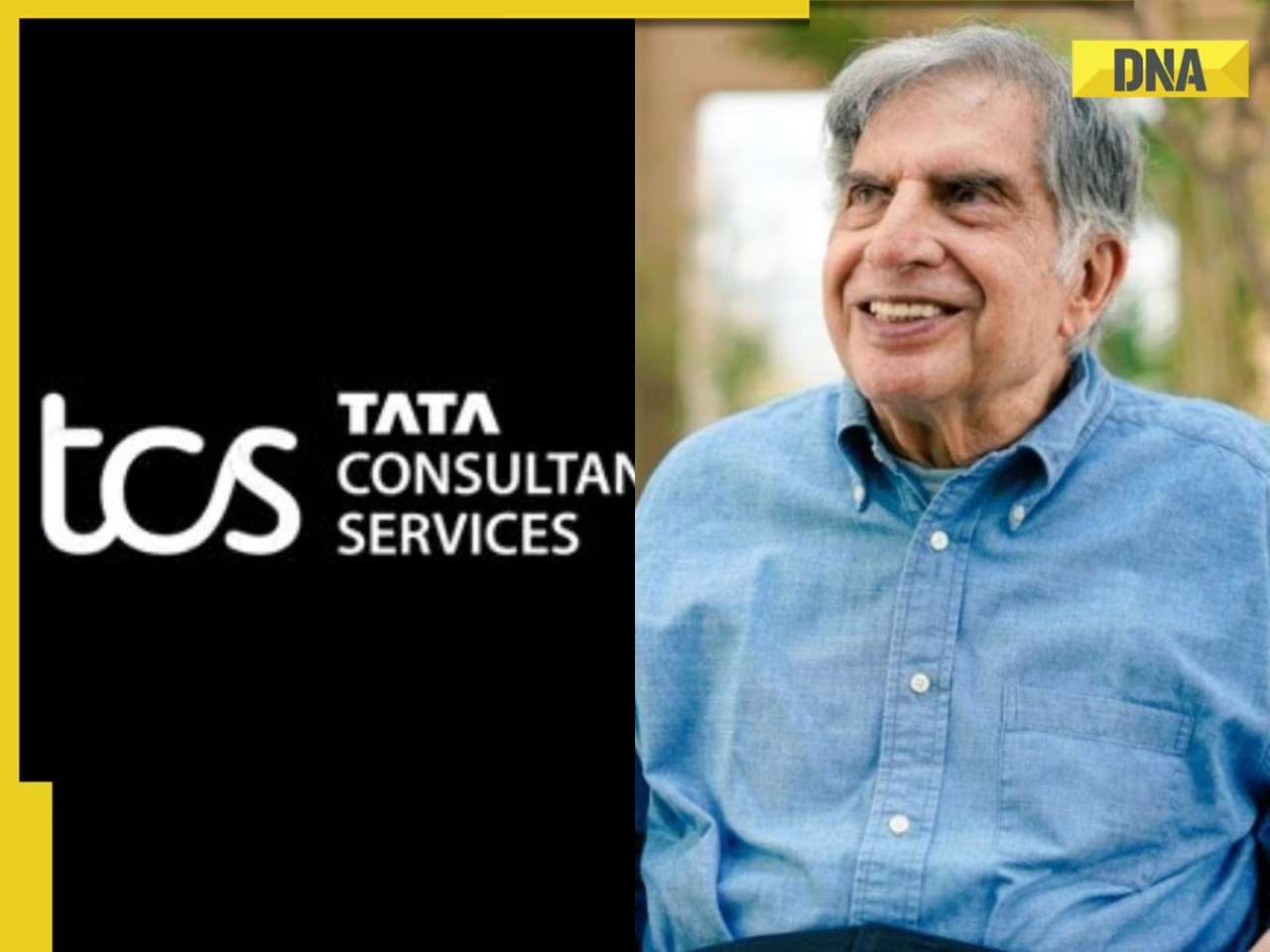 Good News for TCS employees, amid uncertainty over wage hike, Ratan Tata's company now rolls out 100%...
Good News for TCS employees, amid uncertainty over wage hike, Ratan Tata's company now rolls out 100%... Bad news for employees of THIS comapny as it gives stern warning on return to office, has this Ratan Tata connection
Bad news for employees of THIS comapny as it gives stern warning on return to office, has this Ratan Tata connection Elon Musk launches Tesla's Model Y for Rs 60 lakh in India, check how much it costs in US, China, Germany and other countries
Elon Musk launches Tesla's Model Y for Rs 60 lakh in India, check how much it costs in US, China, Germany and other countries Step inside Rakul Preet Singh and Jackky Bhagnani's luxurious house with multiple living rooms, king-size kitchen and breathtaking terrace
Step inside Rakul Preet Singh and Jackky Bhagnani's luxurious house with multiple living rooms, king-size kitchen and breathtaking terrace Ali Fazal-Richa Chadha to Randeep Hooda-Lin Laishram, not just weddings but these Bollywood stars turned invites into art
Ali Fazal-Richa Chadha to Randeep Hooda-Lin Laishram, not just weddings but these Bollywood stars turned invites into art 5 times Salman Khan made moustache his signature statement, from Battle Of Galwan to Dabbang
5 times Salman Khan made moustache his signature statement, from Battle Of Galwan to Dabbang Shubhanshu Shukla to return Earth: Here are 7 experiments Axiom 4 crew conducted in space
Shubhanshu Shukla to return Earth: Here are 7 experiments Axiom 4 crew conducted in space Samantha Ruth Prabhu, Allu Arjun and other South Indian superstars took THIS much salary in their first-ever jobs
Samantha Ruth Prabhu, Allu Arjun and other South Indian superstars took THIS much salary in their first-ever jobs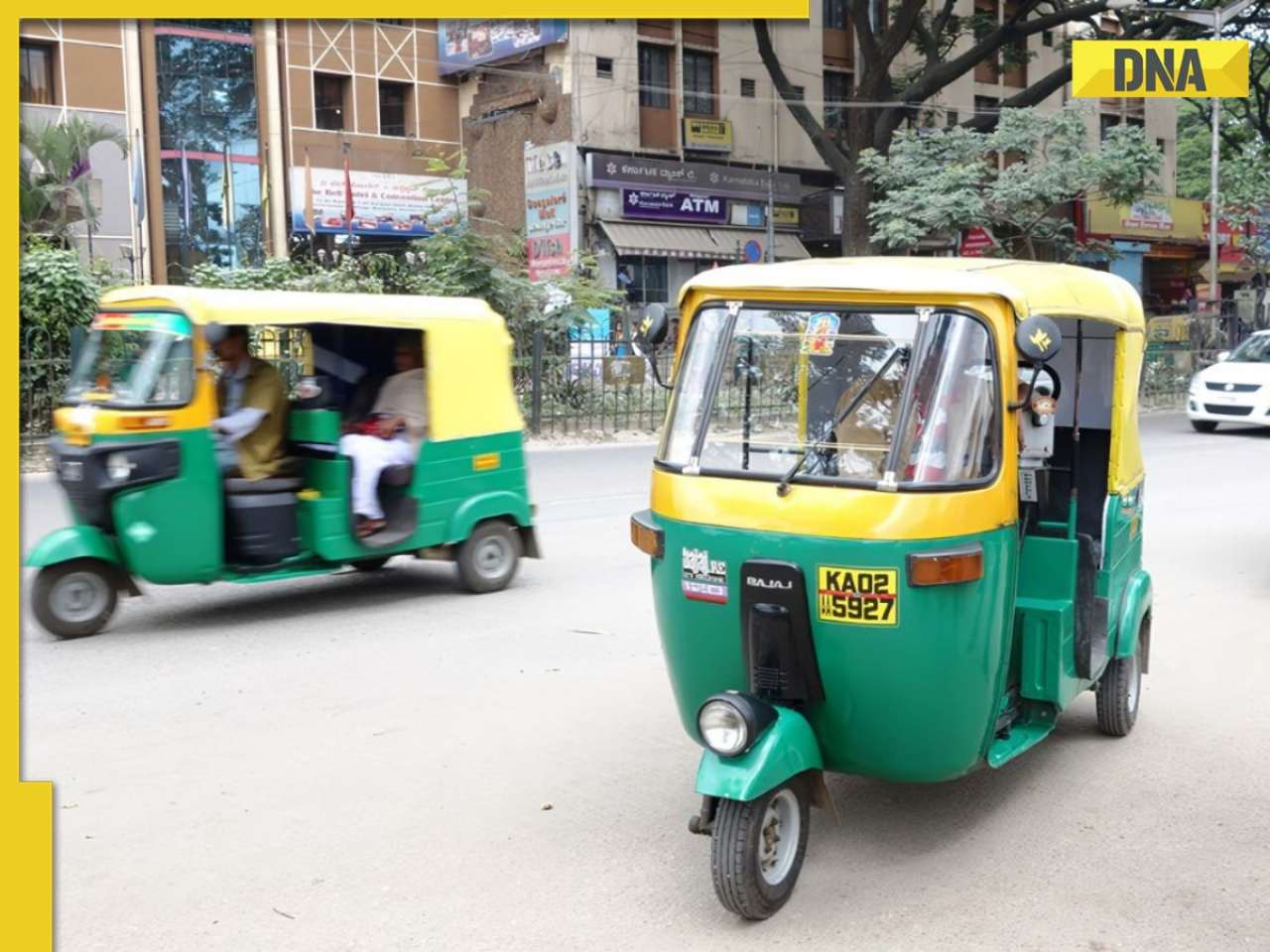 Bad news for Bengaluru residents, commute to get costlier as auto fares increases from..., know revised prices
Bad news for Bengaluru residents, commute to get costlier as auto fares increases from..., know revised prices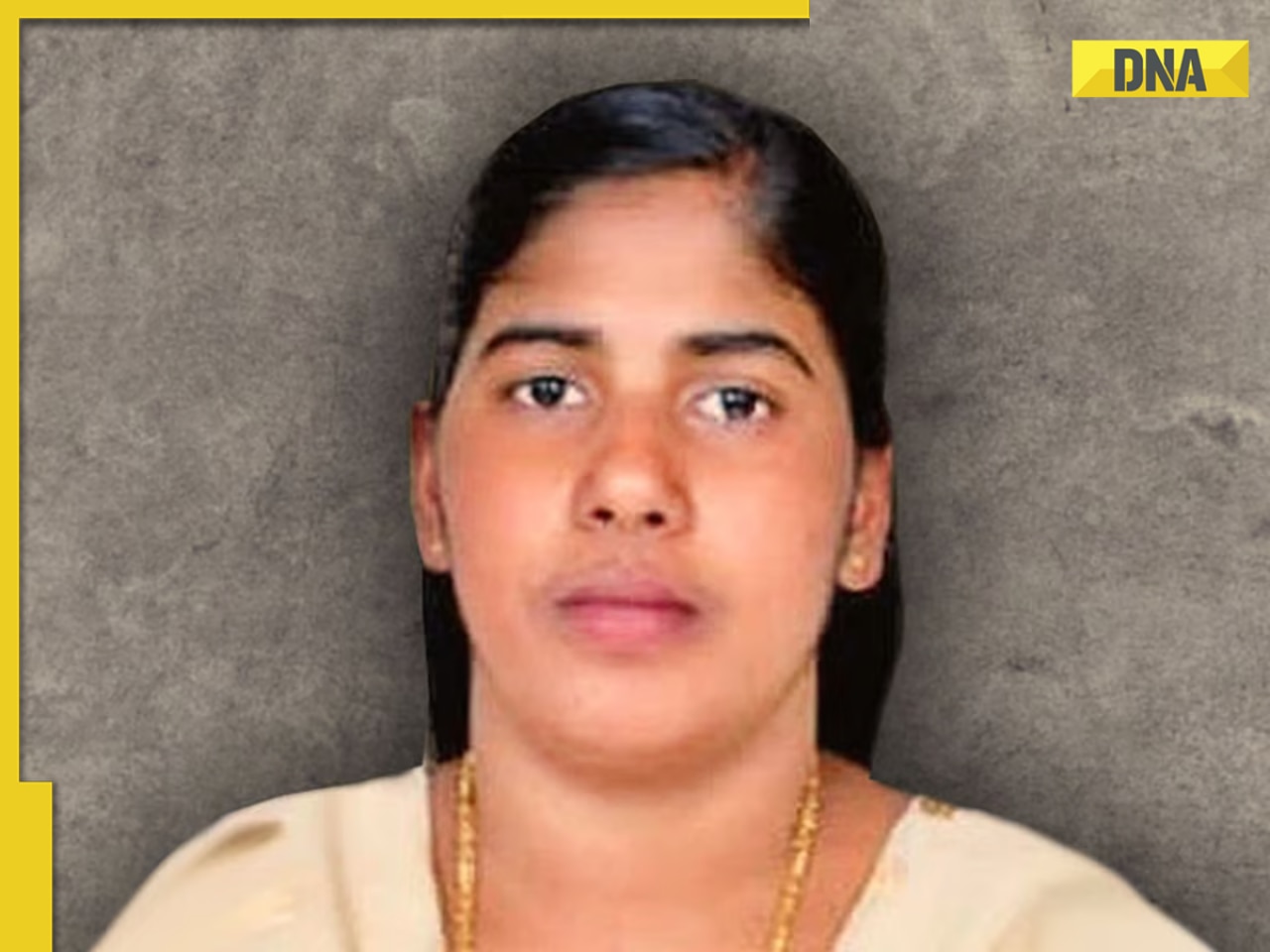 Nimisha Priya case: One day before execution, BIG relief for Kerala nurse jailed in Yemen
Nimisha Priya case: One day before execution, BIG relief for Kerala nurse jailed in Yemen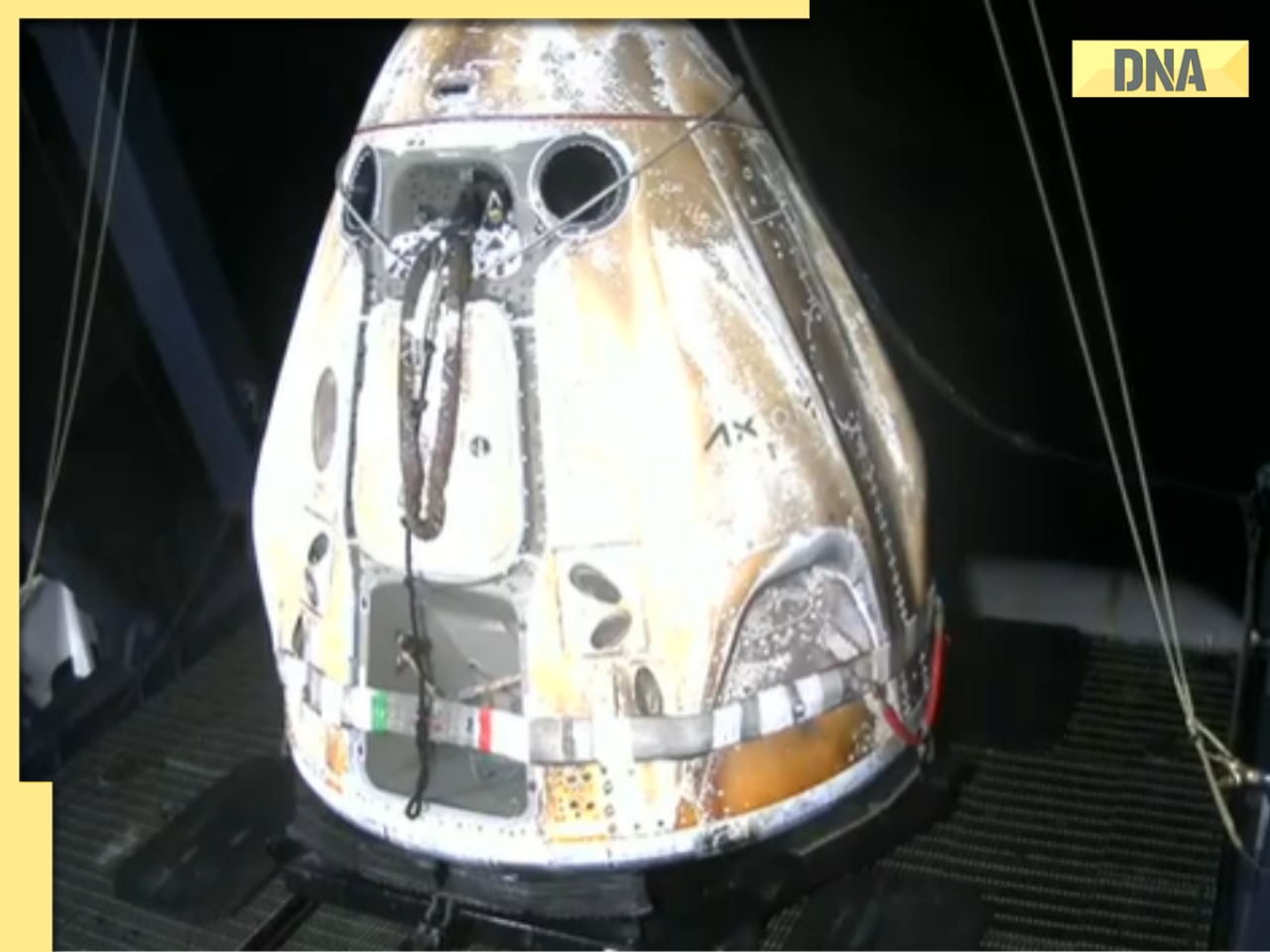 Axiom-4 Dragon spacecraft lands safely on Earth, PM Modi welcomes Shubhanshu Shukla
Axiom-4 Dragon spacecraft lands safely on Earth, PM Modi welcomes Shubhanshu Shukla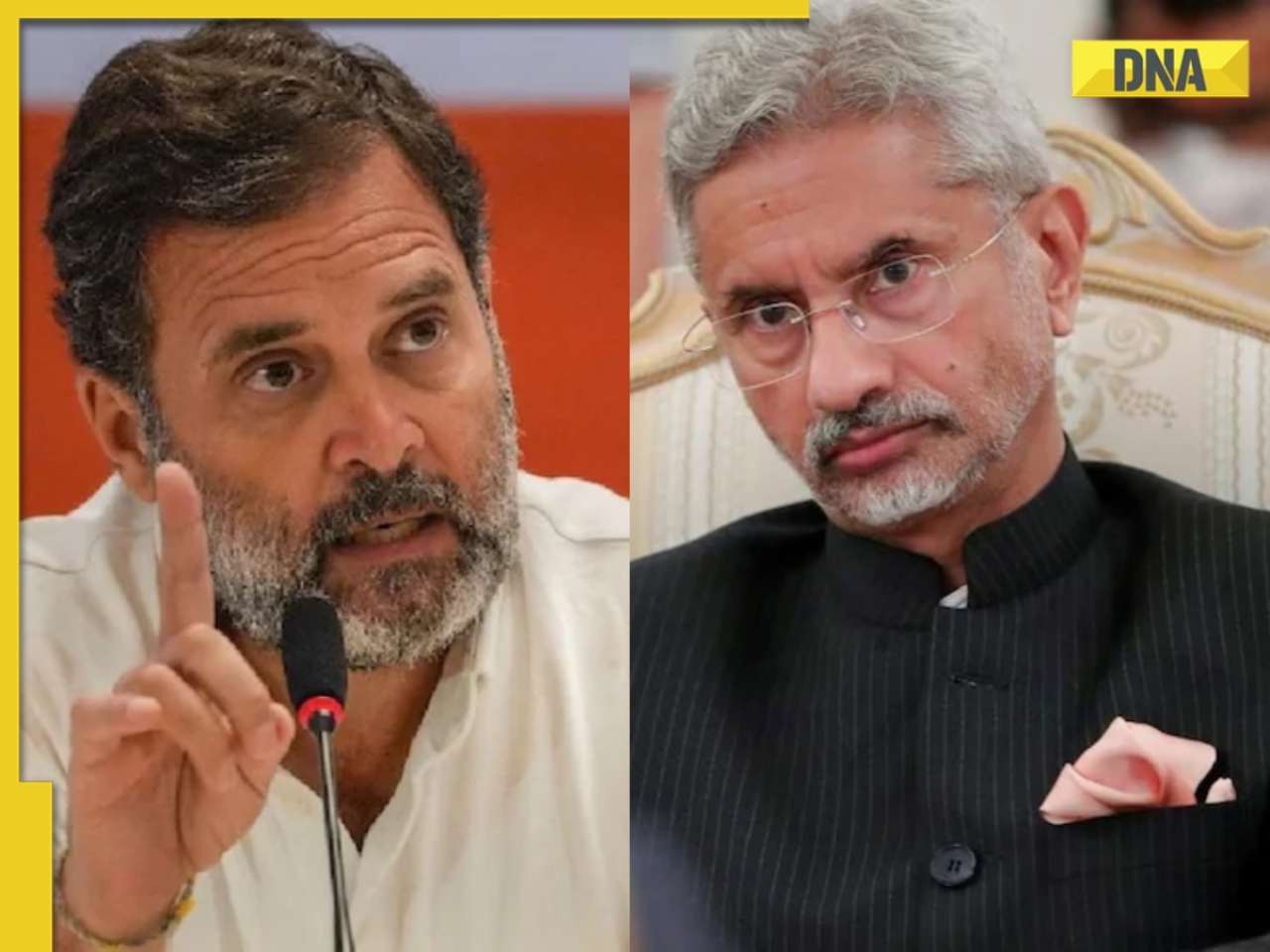 LoP Rahul Gandhi lashes out at S Jaishankar over meeting with Xi Jinping, says 'EAM running full blown circus'
LoP Rahul Gandhi lashes out at S Jaishankar over meeting with Xi Jinping, says 'EAM running full blown circus'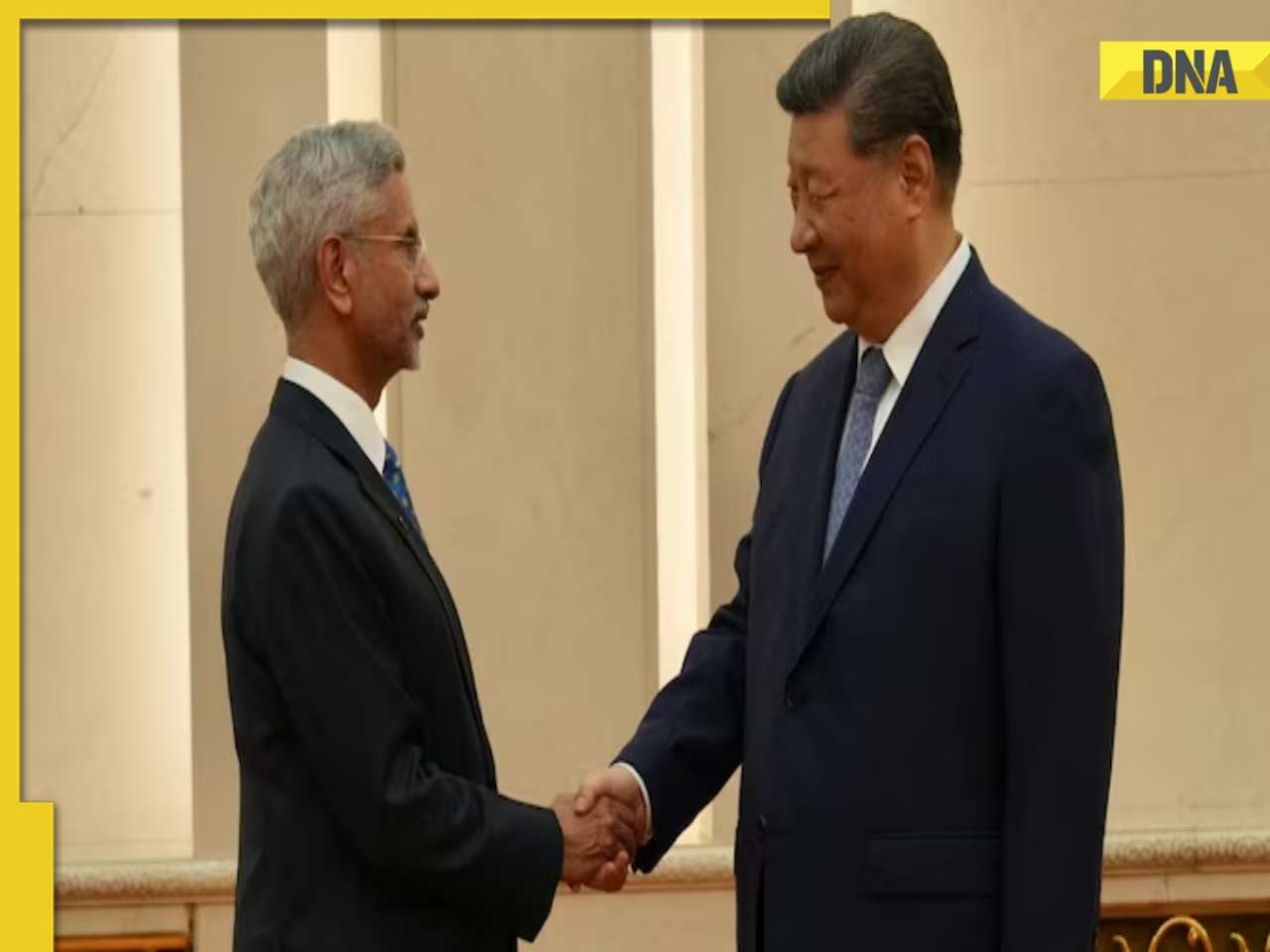 Will India-China relations improve further after S Jaishankar meets Chinese President Xi Jinping?
Will India-China relations improve further after S Jaishankar meets Chinese President Xi Jinping?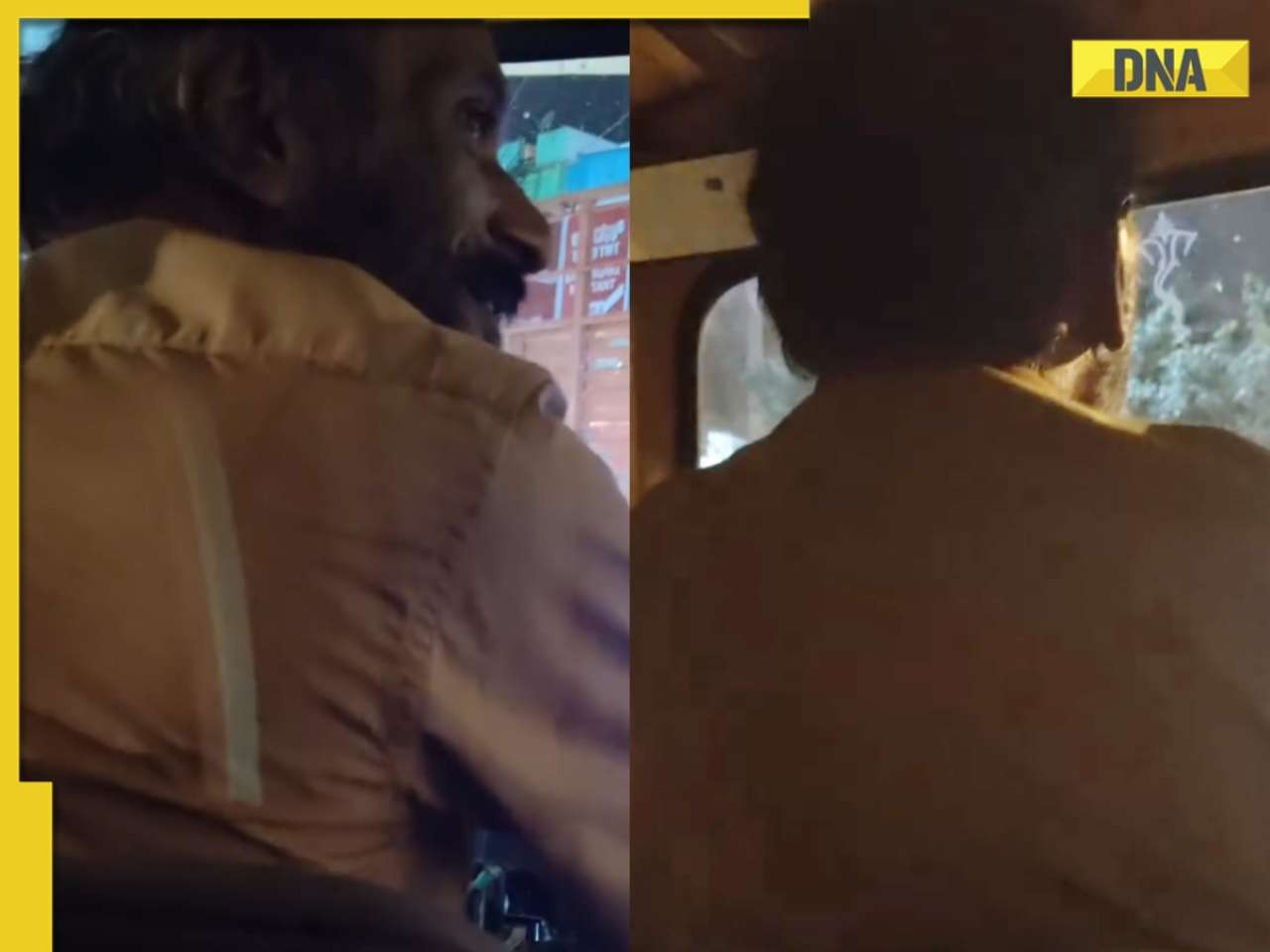 This auto driver speaks 7 languages, did double MA, worked in MNCs, wanted to become IAS officer then..., is now going viral for..
This auto driver speaks 7 languages, did double MA, worked in MNCs, wanted to become IAS officer then..., is now going viral for.. Meet 19-year-old boy who took family responsibilities after his father's demise, cracked JEE Main with 9 to 5 job, his AIR was..., he wants to...
Meet 19-year-old boy who took family responsibilities after his father's demise, cracked JEE Main with 9 to 5 job, his AIR was..., he wants to... Meet IAS officer who was once mocked for not speaking English, left job at Ratan Tata's TCS, cracked UPSC exam, secured AIR..., she is...
Meet IAS officer who was once mocked for not speaking English, left job at Ratan Tata's TCS, cracked UPSC exam, secured AIR..., she is...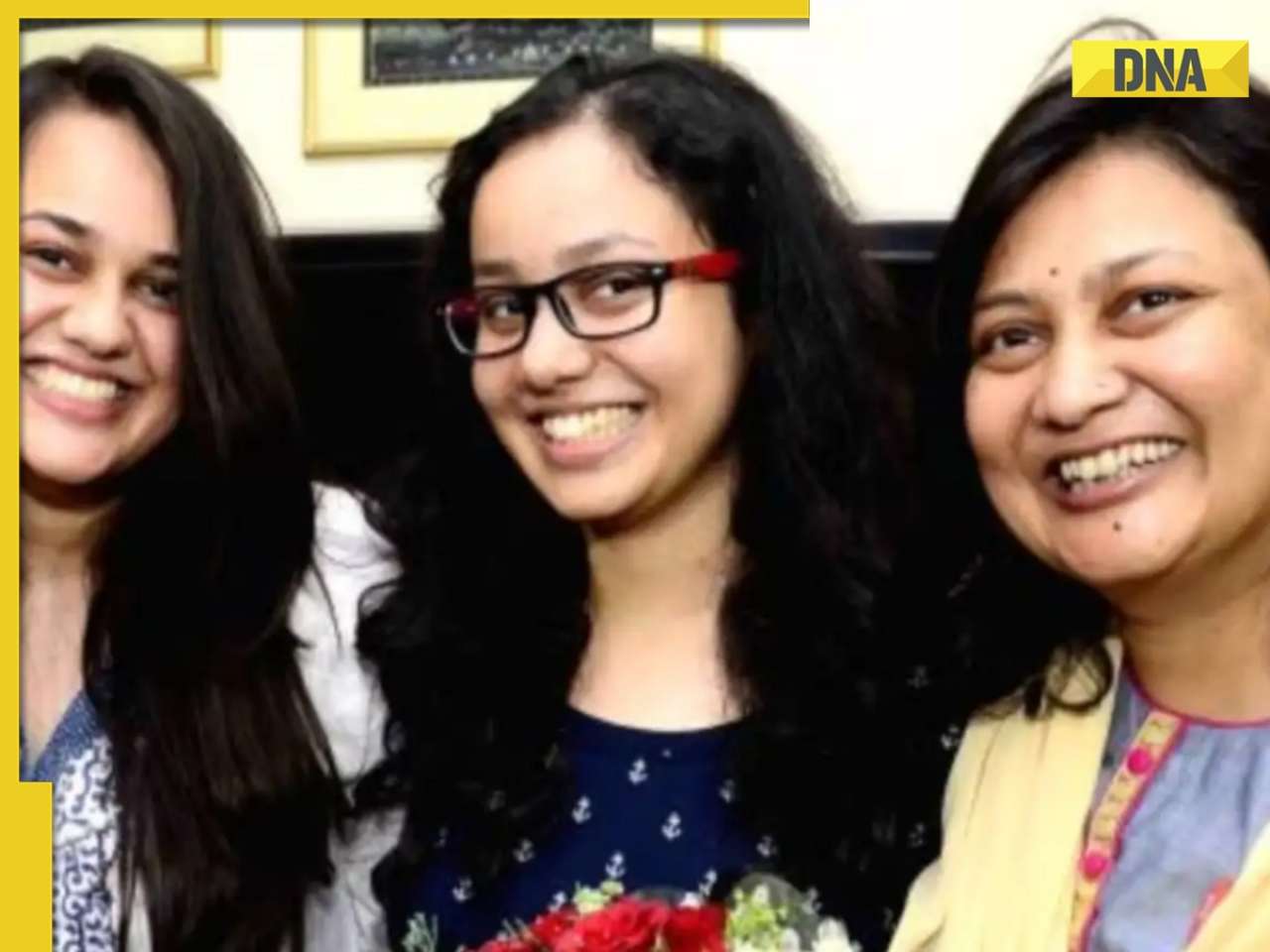 Meet Hiamli Dabi, mother of IAS officer Tina Dabi and Ria Dabi, who also cracked UPSC exam, worked as..., but later quit job due to...
Meet Hiamli Dabi, mother of IAS officer Tina Dabi and Ria Dabi, who also cracked UPSC exam, worked as..., but later quit job due to... UPSC CSE Mains 2025 schedule out, to be held on THESE dates, check full timetable
UPSC CSE Mains 2025 schedule out, to be held on THESE dates, check full timetable This luxury car is first choice of Indians, even left BMW, Jaguar, Audi behind in sales, it is...
This luxury car is first choice of Indians, even left BMW, Jaguar, Audi behind in sales, it is... Kia India unveils Carens Clavis: Check features, design changes, price and more; bookings open on...
Kia India unveils Carens Clavis: Check features, design changes, price and more; bookings open on... Tesla CEO Elon Musk launches most affordable Cybertruck, but it costs Rs 830000 more than older version, it is worth Rs...
Tesla CEO Elon Musk launches most affordable Cybertruck, but it costs Rs 830000 more than older version, it is worth Rs... Planning to buy a Maruti Suzuki car? Prices set to rise by 4% from...
Planning to buy a Maruti Suzuki car? Prices set to rise by 4% from... Audi launches Audi RS Q8 2025 in India: Know price, specifications and unique features
Audi launches Audi RS Q8 2025 in India: Know price, specifications and unique features 




)
)
)
)
)
)
)
)
)
)
)
)
)
)
)
)

